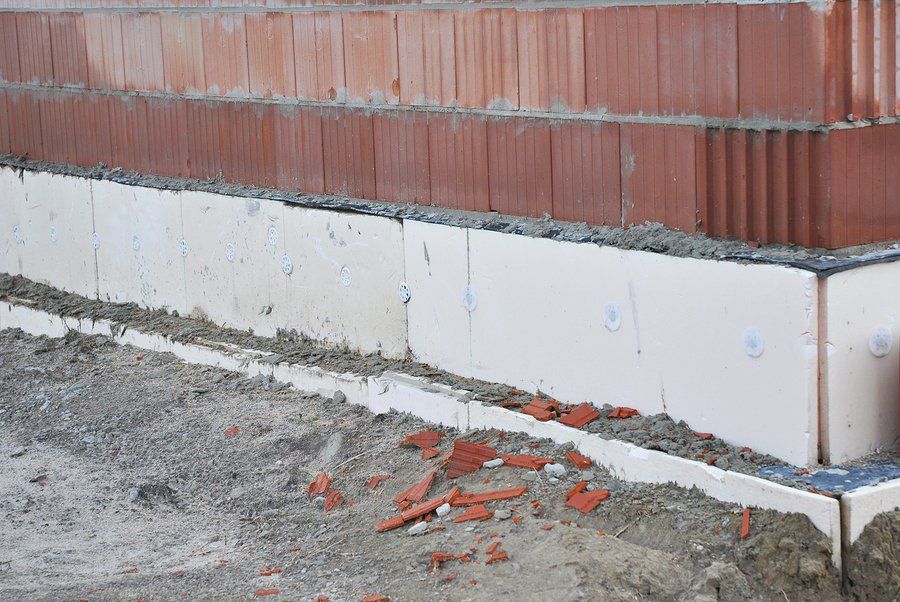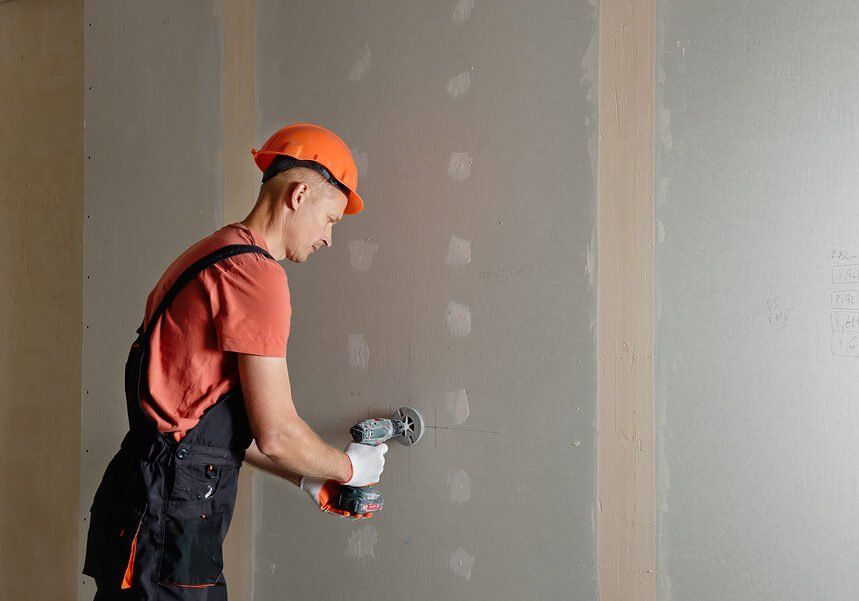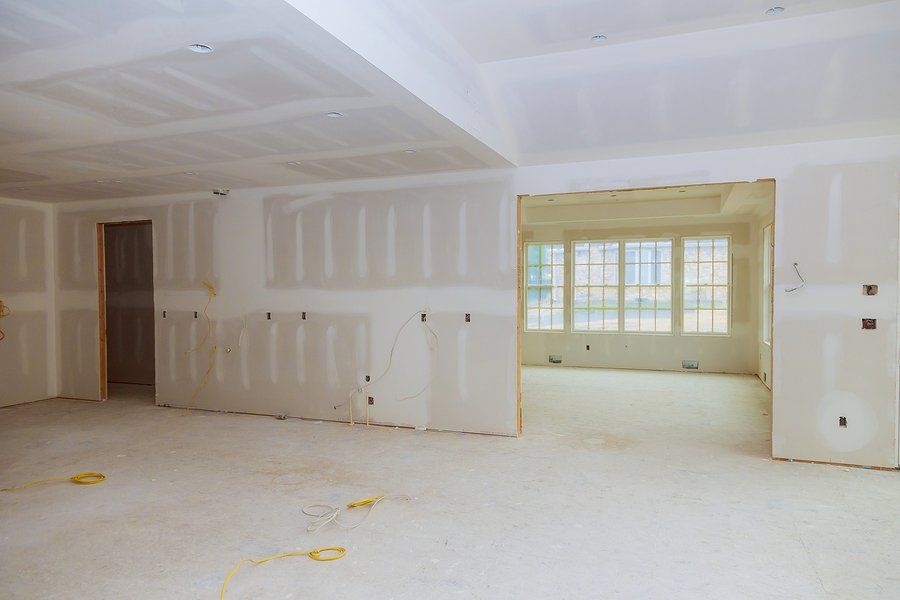
Cracks in Your Foundation? Here’s How to Fix Them Right
Comprehensive Guide to Identifying and Repairing Foundation Cracks Efficiently and Effectively
When you discover a crack in your foundation, it's natural to feel a bit anxious. Your home's foundation is its bedrock, and any damage can seem daunting. However, with the right knowledge and approach, foundation crack repair can be straightforward. This article serves as a comprehensive guide to tackling various types of foundation cracks, ensuring your home remains secure and structurally sound.

Understanding Foundation Cracks
Before diving into repairs, it's important to understand the different types of foundation cracks and what they signify. Cracks can vary greatly in size, shape, and location, influencing the approach to repair.
- Hairline Foundation Crack Repair: Minor, thin cracks are often superficial but should still be monitored for changes.
- Concrete Foundation Crack Repair: These cracks in concrete foundations might indicate structural issues if they widen or leak water.
- Basement Foundation Crack Repair: Often found below ground level, these cracks need urgent attention to prevent water damage.
- Exterior Foundation Crack Repair: Cracks on the exterior of a foundation are typically more exposed to environmental elements and might require different sealants.
Identifying the Cause
Foundation cracks can be caused by a variety of factors:
- Settling or Shifting Soil: Natural soil movement can create stress on the foundation.
- Water Damage: Improper drainage can lead to water pooling, which weakens the foundation.
- Poor Construction: Inadequate construction practices can leave your foundation vulnerable to cracking.
Determining the cause is crucial as it guides the repair process and helps prevent future issues.
DIY Foundation Crack Repair
For small cracks, such as hairline cracks, DIY repair can be a feasible option.
- Clean the Crack: Start by cleaning out the crack with a wire brush and then wash the area, allowing it to dry completely.
- Apply Sealant: Use a masonry crack filler or a hydraulic cement for deeper cracks. These materials expand as they dry, filling the crack completely.
- Smooth the Surface: Once the filler has set, smooth it over with a trowel to match the surrounding area.
Professional Foundation Crack Repair
Larger, more serious cracks often require professional assessment and repair.
- Consultation: Search for "foundation crack repair near me" to find experienced professionals in your area.
- Techniques: Professionals may use epoxy injections, carbon fiber strips, or underpinning depending on the crack's severity.
- Cost Considerations: Foundation crack repair cost varies widely based on the extent of damage and method of repair. It's wise to obtain multiple quotes to ensure you receive a fair price.
Preventive Measures
Prevention is always better than cure. Here are a few strategies to help prevent foundation cracks:
- Proper Drainage: Ensure that your home’s drainage directs water away from the foundation to prevent hydrostatic pressure.
- Regular Inspections: Periodically inspect your foundation for early signs of damage.
- Landscaping: Keep trees and shrubs at a distance from your foundation as roots can cause movement and cracks.
Choosing the Right Repair Service
When searching for foundation crack repair companies, consider the following:
- Experience and Reputation: Look for companies with robust experience and positive customer reviews.
- Licensing and Insurance: Always choose a licensed and insured professional to handle foundation repairs.
- Warranty: Opt for services that offer a warranty on their repairs to ensure long-term protection.
Costs Involved
The foundation crack repair cost can range from a few hundred dollars for minor repairs to several thousand for extensive damage. Factors influencing the cost include:
- Severity and Accessibility: Larger, harder-to-reach cracks typically cost more to repair.
- Materials: High-quality materials like epoxy might increase the repair cost but offer better durability.
- Location: Costs can also vary based on your geographic location and local market conditions.
Advanced Repair Techniques
For homeowners facing more significant foundation issues, understanding the advanced techniques used by professionals can provide insight into the repair process and help in making informed decisions:
- Epoxy and Polyurethane Injections: These are common for sealing both wet and dry cracks. Epoxy strengthens the area, while polyurethane offers flexibility to accommodate slight movements.
- Carbon Fiber Reinforcement: Often used for stabilizing bowing foundation walls. Carbon fiber strips are applied over the cracks and provide a strong, non-intrusive solution.
- Piering and Underpinning: These methods are used for severe cases where the foundation has shifted considerably. Piers are driven deep into the soil to support and lift the foundation, correcting the underlying issues.
Long-Term Maintenance and Monitoring
After repairs are completed, maintaining and monitoring your foundation is key to preventing future problems:
Annual Checks: Schedule annual inspections with a foundation specialist to identify potential issues before they escalate.- Moisture Control: Use dehumidifiers and maintain proper gutter and downspout function to manage the moisture levels around your foundation.
- Crack Gauges: For homes with history of foundation movement, installing crack gauges can help monitor changes over time.
Choosing the Right Materials
Selecting the right materials for foundation crack repair is crucial for ensuring durability and effectiveness:
Hydraulic Cement: Ideal for deeper cracks, this material sets quickly and is waterproof, making it suitable for below-grade repairs.- Silicone or Polyurethane Caulk: Good for sealing small, non-structural cracks on the exterior.
- Masonry Patching Compounds: These are formulated to bond with concrete and are useful for superficial repairs.
Evaluating Foundation Crack Repair Companies
When you search for "foundation crack repair companies," it's important to evaluate their approach to handling different types of foundation issues:
- Technological Proficiency: Companies that use advanced diagnostics like infrared imaging and ground penetrating radar offer a more thorough assessment.
- Custom Solutions: Look for companies that provide customized repair plans tailored to your specific situation rather than a one-size-fits-all approach.
- Client Education: Reputable companies will explain the process clearly and help you understand the steps they are taking to repair your foundation.
Cost-Effective Repair Strategies
While foundation repair can be expensive, there are ways to manage costs without compromising on quality:
Comparative Quotes: Always get quotes from multiple contractors to compare prices and repair strategies.- Government Grants and Insurance: Some local governments offer grants for home repairs, and certain insurance policies may cover foundation damage caused by specific events.
- Phased Repairs: For extensive damage, discuss with your contractor if the repairs can be phased over time to spread out the financial burden.
Conclusion
Addressing foundation cracks promptly and effectively is crucial to maintaining the safety and value of your home. By understanding the types of cracks, selecting appropriate repair methods, and implementing ongoing maintenance practices, you can protect your foundation from further damage. Remember, the
right approach to foundation crack repair not only resolves current issues but also safeguards against future problems, ensuring that your home remains stable and secure for years to come.


